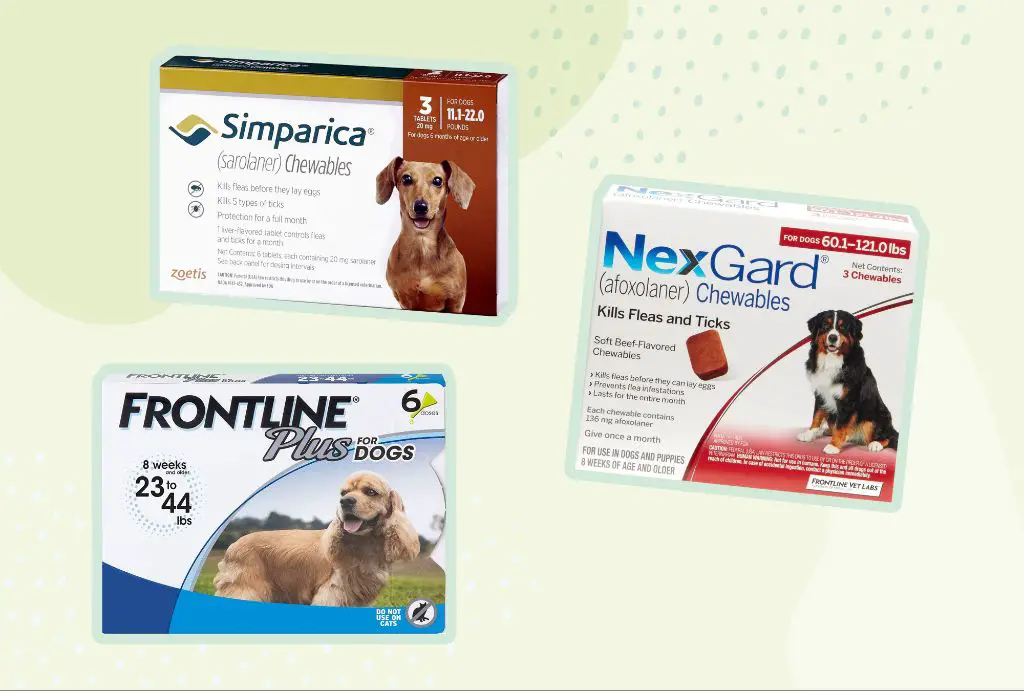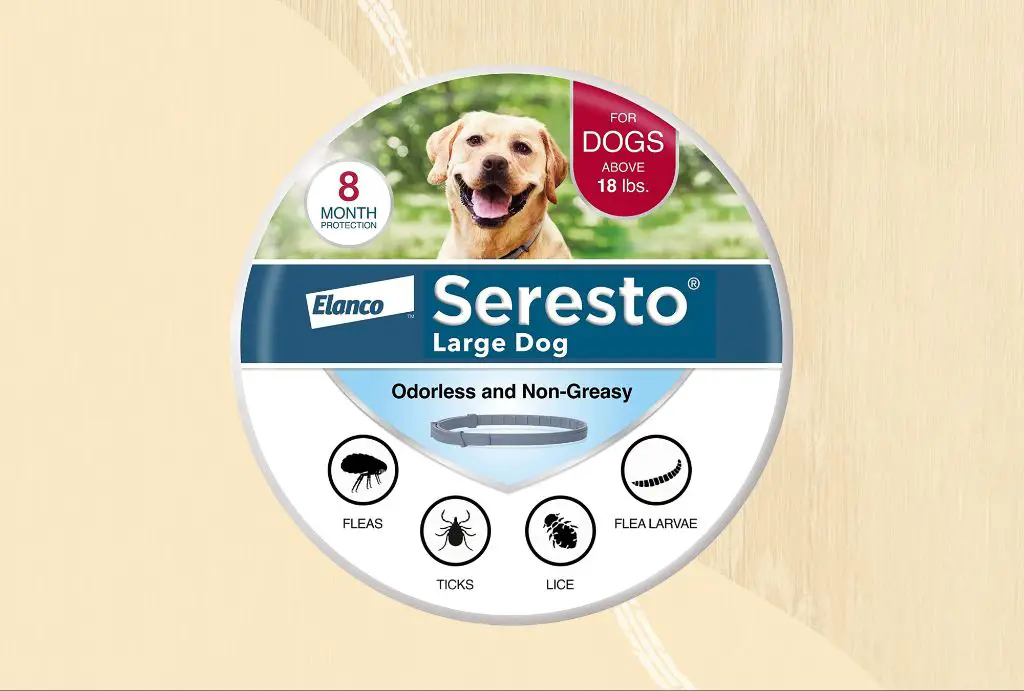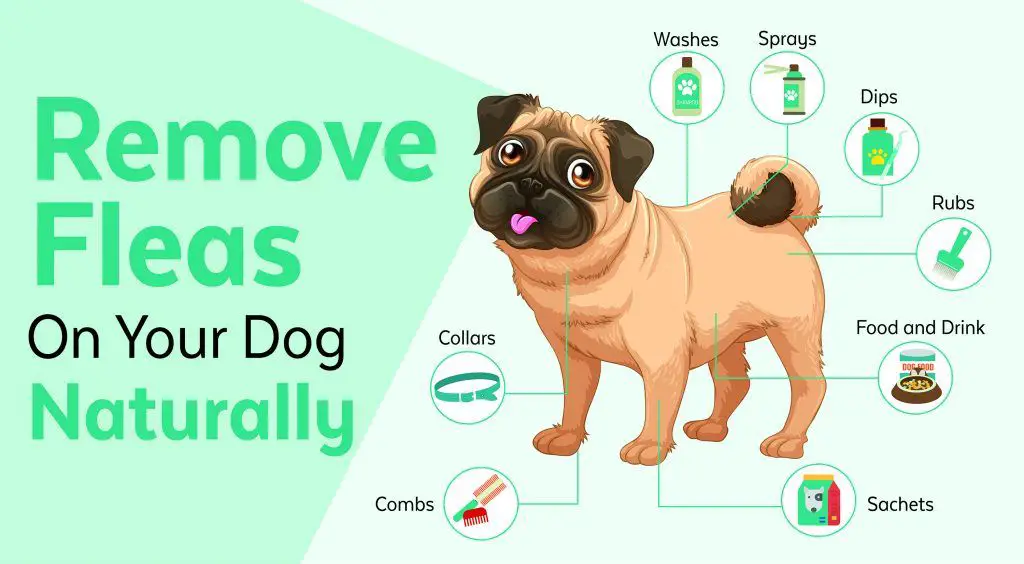Persistent Flea Problems After Treatment
If you’ve ever dealt with a flea infestation, you know how frustrating it can be when the fleas keep coming back even after treating your pet. No matter how thorough you are with applying flea medication, those pesky parasites somehow survive to continue plaguing your furry friend.
In this article, we’ll explore the reasons why flea treatments sometimes fail, looking at factors like the flea life cycle, proper application techniques, and treatment of the home environment. You’ll uncover valuable tips for getting rid of fleas more effectively and keeping them away for good. The goal is to provide solutions to break the cycle of persistent flea problems after treatment.
Causes of Treatment Failure
There are a few common reasons why flea treatments may fail to fully get rid of fleas, even when repeatedly applied as directed:
Fleas building up resistance
Some fleas may develop resistance to certain insecticides over time with repeated exposure, rendering the treatment ineffective. This can happen if the same active ingredient is used over and over. Rotating between different flea products with different active ingredients can help prevent resistance.
According to Colonial Pest, “Resistance is inevitable if you do not rotate insecticides occasionally.” They recommend rotating between different topical spot on treatments, oral treatments like Capstar, and Seresto collars to reduce resistance. 1

Not using the product correctly
It’s important to carefully follow all instructions on the flea treatment packaging to ensure proper application and effectiveness. Mistakes like missing spots on the animal’s coat, not using the right dosage for the pet’s weight, or bathing too soon after application can all impact results.
Per Richmond Valley Vet, “Using watered-down solutions or out-of-date products” can also lead to failure. They advise checking that “products are in date and used as per label recommendations.” 2
New fleas jumping on from the environment
Even after successful treatment, new fleas can hop onto your pet from infested areas like carpet, bedding, grass, or soil. Just treating the pet is not enough, the environment must also be cleaned and treated to fully break the flea life cycle.
Graduate Pest Solutions explains that without environmental control, “new fleas will continue developing in the home and yard and reinfest the pet.” They recommend regular vacuuming and carpet treatment. 3
Flea Life Cycle
Fleas have a four-stage life cycle that includes egg, larva, pupa, and adult. Adult fleas live on the host animal and feed on blood. The females lay eggs, which fall off into the environment. These eggs hatch into larvae, which feed on organic debris. The larvae then develop into pupae inside protective cocoons. After 1-2 weeks, the adult fleas emerge from the cocoons and jump onto a host to continue the cycle. This means flea populations can grow rapidly.
Many flea treatments, such as topical spot-ons and oral medications, only kill the adult fleas on your dog. They do not affect the eggs, larvae, or pupae in your home and yard. This is why it is so important to also treat the environment thoroughly. Flea eggs and larvae will continue developing into more biting adults until you break the life cycle.
According to the CDC, fleas go through a complete life cycle every 2-3 weeks [1]. PetMD explains each flea can lay up to 50 eggs per day, allowing populations to rebound quickly [2]. Knowing the flea life stages and timeline helps understand why diligent prevention is required.
Treating the Environment
It’s crucial to treat not just your pet, but also your home environment when dealing with a flea infestation. Flea eggs and larvae can live in carpet fibers, bedding, furniture, and outdoor spaces like your yard or patio. If these areas are not properly treated, fleas can continue to thrive and reinfest your pet even after treatment.
To treat your home, thoroughly vacuum all carpeting, furniture, and pet bedding. When done, seal the vacuum contents in a plastic bag and discard. Steam cleaning carpets can also help kill eggs and larvae. Wash all pet bedding weekly in hot water. Consider treating indoor spaces with an insect growth regulator (IGR) like methoprene or pyriproxyfen, which mimics insect hormones and prevents flea larvae from developing into adults.

For outdoor areas like your lawn, apply an insecticide containing bifenthrin, tetramethrin, permethrin, or deltamethrin around the perimeter of your home, under decks and play equipment where pets spend time. It may take a few weeks to fully clear fleas outside. Mow and rake grass short, and discard any clippings promptly, as fleas thrive in moist, shady environments. Cedar chips or cedar oil can also naturally repel fleas in your yard.
Treating both your pet and their indoor and outdoor environments is key to effectively getting rid of fleas and preventing reinfestation after initial treatment.
Treatment Application Tips
Following label instructions carefully when applying flea and tick treatments is crucial for effective control. One key tip is to use enough product for your pet’s body weight. Under-dosing can decrease effectiveness, so always double check the dosage guidelines. You’ll need to part the fur and apply the medication directly to your dog or cat’s skin, not just to the top of the fur. Apply the full tube or dose and spread evenly from head to tail.PetFriendlyBox recommends focusing on a few key areas – base of tail, between shoulder blades, and back of neck. Repeat treatment per the label timeline, usually every 4-6 weeks. Consistent use is vital, as it breaks the flea life cycle at multiple stages.
New Flea Prevention Methods
In recent years, new flea prevention products have become available that provide alternatives to traditional monthly topical treatments. Some of the most popular new options include:
Oral medications: Products like Bravecto, Nexgard, and Simparica contain medications like fluralaner, afoxolaner, or sarolaner that are absorbed into your dog’s bloodstream when ingested. They kill fleas and ticks for 1-3 months depending on the product. Oral flea medications are very effective and can be more convenient since you only need to give your dog a pill or chew every few months instead of applying a topical every month. However, they can be more expensive.
8-month to 1-year collars: Seresto collars contain the active ingredients imidacloprid and flumethrin which are gradually released and absorbed through your dog’s skin to provide flea and tick prevention. These collars claim to effectively repel and kill fleas and ticks for up to 8 months. They provide an easy option that only needs to be applied every 8-12 months. However, some dogs may be sensitive to having a medicated collar worn long-term.

While the new oral and collar options seem very convenient, veterinarians still widely recommend monthly topicals as the most effective and safest form of flea and tick prevention. Topicals allow you to control precisely where and how much medication is applied each month directly onto your dog’s skin, whereas the new products rely on proper absorption into the bloodstream and dispersal throughout the body over months. There are also concerns about potential toxicity if a dog chews and swallows a Seresto collar.
Non-Chemical Control
There are some effective non-chemical methods to control fleas without exposing your dog to toxic chemicals. These natural remedies can provide relief when used properly.
Flea combs are a simple tool to mechanically remove fleas and eggs. Combing daily with a fine-tooth flea comb can significantly reduce the flea population. Any fleas caught in the comb should be drowned in hot soapy water or rubbing alcohol (1).
Diatomaceous earth is a natural mineral dust that can dehydrate and kill fleas. Sprinkling food-grade diatomaceous earth around the house and yard and lightly dusting your dog’s fur can reduce flea numbers (1). Avoid breathing in the dust yourself.
Herbal sprays using ingredients like peppermint, cedar, and citrus oils can repel and kill fleas when sprayed on your dog. Mix 15-30 drops of essential oils into a spray bottle filled with water to make your own natural flea spray (2). Test for skin irritation first.
While non-chemical options may take more diligent effort, they can effectively control fleas without exposing your dog to potentially harmful toxins.

When to See the Vet
If fleas persist on your dog despite correctly using flea prevention treatments as directed, it’s time to consult your veterinarian. According to Vets Now, if flea problems don’t improve after proper at-home treatment, your vet can recommend alternative products or treatment methods.
You should also make an appointment if your dog shows any signs of skin irritation, infections or tapeworms, which can result from flea bites. Tapeworm segments may be visible in your dog’s stool. Other signs of flea allergy dermatitis include excessive scratching, redness, hair loss and hot spots on the skin. Pets can develop flea allergy dermatitis from just a few bites, so consult a vet promptly if you notice any of these symptoms.
As WebMD advises, “If the flea infestation is severe or if your pet seems to be having an allergic reaction to the flea bites, take him to the vet.” Your vet can provide medications to quickly kill fleas and treat any secondary conditions caused by flea bites.
Prevention Tips
To prevent fleas year-round, not just during summer, it’s important to treat your home regularly. Washing your pet’s bedding at least once a week in hot water is recommended to kill any flea eggs or larvae (Source). Vacuuming carpets, furniture, and pet bedding frequently can also help remove eggs and prevent an infestation (Source). When outside with your pet, try to avoid areas with tall grass, underbrush, and standing water, as these environments can harbor fleas. Treating your pet and home year-round, not just during flea season, is key to preventing recurring issues.
Conclusion
When it comes to getting rid of fleas, persistence and diligence are key. Even after treating your pet, fleas can persist in your home through their hardy eggs and pupae. Vacuuming thoroughly and treating areas where your pet rests can help eliminate lingering infestations. Keeping up with preventatives on your pet is also critical to break the flea life cycle. If issues continue, consider getting advice from your veterinarian or pest control professional.
While dealing with fleas can be frustrating, a diligent treatment regimen both on your pet and in your home can get the problem under control. With time and effort, you can eliminate fleas for good. Don’t give up! With the right knowledge and products, you can successfully manage this pest and keep your pet comfortable.
For more information, consult your veterinarian and reference trusted resources like the CDC and ASPCA websites. There are also many pest control professionals that can assist with home and yard treatments. By working systematically and leveraging the available tools and knowledge, you can get your pet flea free and keep them that way.